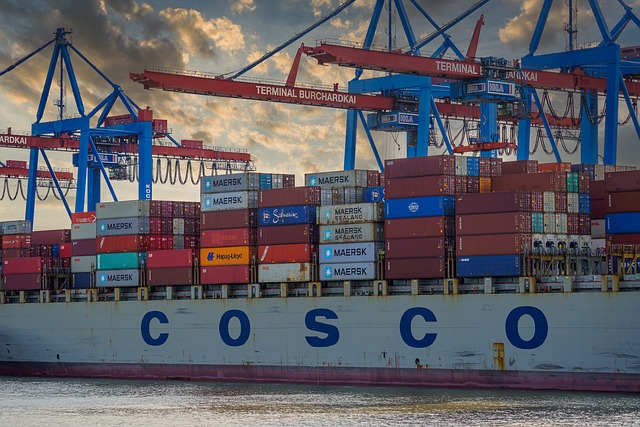Climate change is one of the most pressing issues facing our planet today. As businesses strive to become more sustainable, Supply Chain Management (SCM) has emerged as a critical area for reducing environmental impact. Effective SCM can significantly mitigate climate change by optimizing processes, reducing emissions, and promoting sustainability across all stages of the supply chain. Here’s how SCM can help combat climate change:
Optimizing Transportation and Logistics
Transportation is a major source of greenhouse gas emissions. By optimizing transportation and logistics, companies can significantly reduce their carbon footprint. This involves using advanced software to plan efficient routes that minimize fuel consumption, shifting from high-emission transportation modes like air freight to lower-emission options such as rail or sea, and investing in energy-efficient vehicles, including electric or hybrid trucks.
Sustainable Sourcing
Choosing suppliers that adhere to sustainable practices and have lower carbon footprints is crucial. Sustainable sourcing involves selecting suppliers committed to environmental stewardship and sourcing materials locally or regionally to reduce emissions from transportation. This not only minimizes environmental impact but also supports local economies.
Energy Efficiency
Improving energy efficiency in facilities is another critical aspect of sustainable SCM. Companies can upgrade insulation, lighting, and HVAC systems in warehouses, factories, and offices to reduce energy consumption. Investing in renewable energy sources, such as solar, wind, or geothermal, can further decrease reliance on fossil fuels and reduce greenhouse gas emissions.
Waste Reduction
Implementing lean manufacturing principles helps reduce waste and improve resource efficiency. Developing systems for recycling materials and reusing products or components at the end of their life cycle also contributes to waste reduction. This approach not only conserves resources but also reduces the environmental burden of waste disposal.
Product Design and Innovation
Sustainable product design is essential for reducing environmental impact. Companies should focus on designing products with eco-friendly materials that are recyclable, biodegradable, or have lower environmental impacts. Conducting lifecycle assessments helps understand and minimize the environmental impact of products from production to disposal, ensuring sustainability at every stage.
Carbon Footprint Management
Tracking and managing emissions across the supply chain is vital for reducing carbon footprints. Implementing systems to monitor and report emissions helps identify areas for improvement. Additionally, investing in carbon offset projects can compensate for unavoidable emissions, making operations more sustainable.
Collaboration and Partnerships
Working with stakeholders, including suppliers, customers, and industry groups, promotes sustainability initiatives and shares best practices. Adhering to and promoting green standards and certifications, such as ISO 14001 for environmental management systems, ensures that sustainability efforts are recognized and standardized.
Circular Economy Practices
Developing closed-loop supply chains, where products are returned for reuse, refurbishment, or recycling, supports a circular economy. Shifting from product ownership to service models encourages product longevity and reduces the need for raw materials, contributing to sustainability.
Regulatory Compliance and Advocacy
Ensuring compliance with environmental regulations and standards is fundamental. Companies should advocate for stronger environmental policies and support initiatives that promote sustainability in supply chains. This helps create a regulatory environment conducive to sustainable practices.
Education and Training
Raising awareness and providing education on sustainability are key to driving change. Companies should educate employees, suppliers, and customers about the importance of sustainability and how they can contribute. Providing training on sustainable practices and technologies ensures that everyone in the supply chain is equipped to support sustainability initiatives.
Conclusion
Supply Chain Management is a powerful tool in the fight against climate change. By implementing sustainable practices, optimizing processes, and fostering collaboration, companies can significantly reduce their environmental impact. As the world continues to grapple with the effects of climate change, the role of SCM in promoting sustainability and reducing emissions becomes increasingly important. Through concerted efforts and innovative strategies, SCM can help build a more sustainable future for all.
